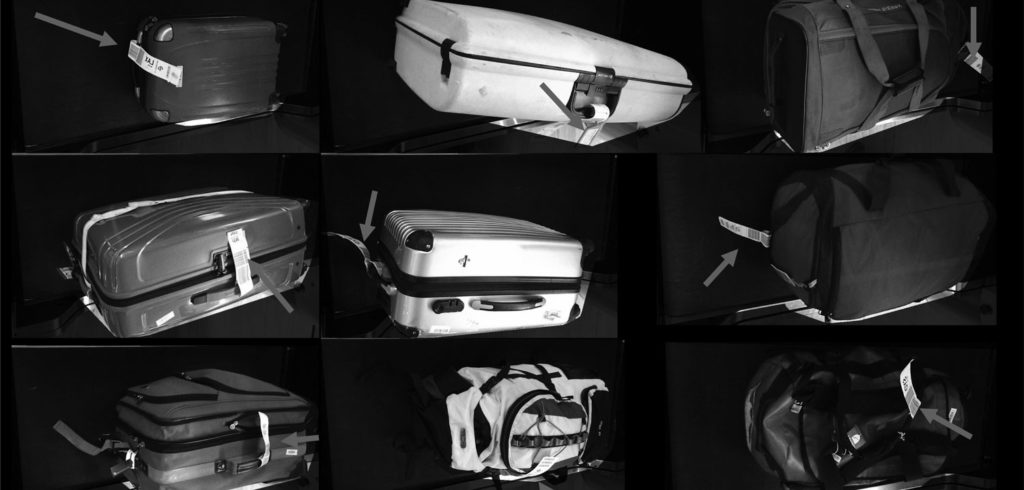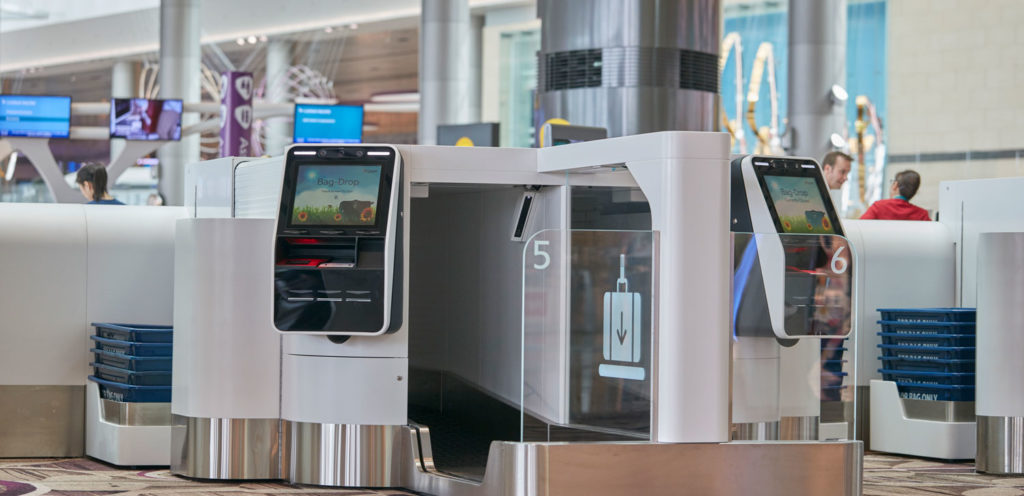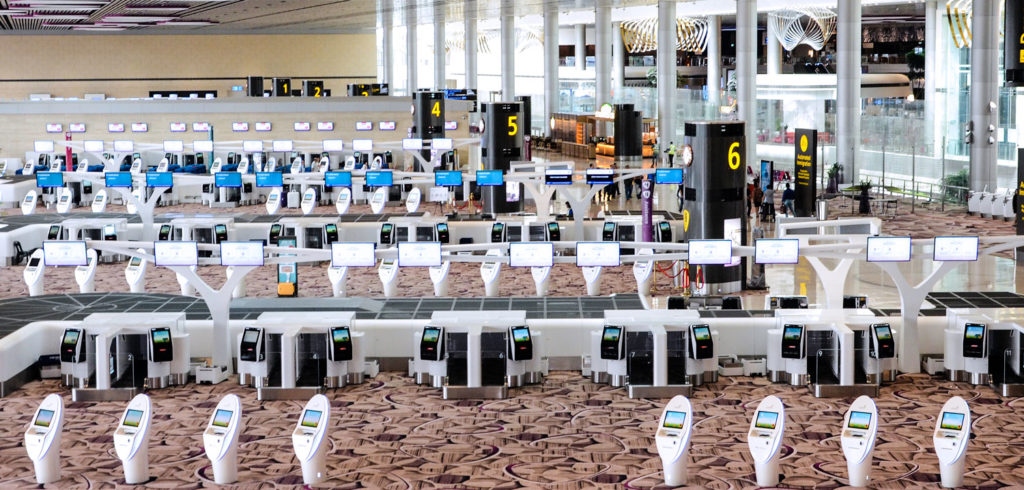Dr Thomas Landgrebe and Rainer Dinkelmann from baggage handling specialist ICM explain the logic behind adopting a consistent approach to evaluating self-service bag-drop systems
The performance of self-service bag-drop systems is a key factor in the efficiency of the passenger terminal. Low transaction times are essential for minimizing queues and providing a good passenger experience. High bag sanitization accuracy (conveyability assessment) ensures luggage automatically injected conforms to standards (size, shape, integrity). High reliability and automated safety circuits reduce the number of severe system-offline events and intrusion-related incidents.
What is poorly understood in the industry is how a particular bag-drop design influences the efficiency of these processes. Considering the capital expenditures, sale cycle durations and operating lifetimes, it is imperative that more formal and standardized approaches are developed.
Performance evaluation clearly needs a fundamental shift from a subjective technology-centric ‘box-ticking’ approach to an objective process-centric one. Only then will airlines and airports be able to critically assess the business case of a solution, and make more informed decisions.
The impact of read-rate on transaction time
Self-service bag-drop units scan bag-tags and assess conveyability in different ways. A single-stage design involves a bag placed onto a conveyor section, followed by in-situ weighing and scanning (bag-tag and conveyability). A two-stage design involves a dropped bag stabilizing/weighing, and then moving to a measurement cell, followed by scanning. One-stage designs typically require more sensors and physical infrastructure for direct in-place scanning.
In simplified terms, transaction times for two-stage designs are slower but appear acceptable from a cost-benefit perspective. However, this view typically fails to account for first-time read rates that can often range between 70% and 98% as a function of both the scanning technology used and passenger behavior. The impact on average transaction time is substantial, especially in the two-stage scenario where the luggage is transported back to the passenger, and then back to the reading zone.
Consider the (realistic) scenario where three out of 10 bags require two passes, and the increase in reading time is a factor of two. If, for example, first-time read-rate bag injections take 18 seconds, this means that the average transaction time for the bag-drop is actually (0.7 x 18 + 0.3 x 36) = 23.4s, that is, 30% slower than typically advertized.
Baggage size and shape distributions
A factor that is poorly understood is the impact of baggage size and shape distribution. The enormous diversity in the resultant positioning of bag-tags and range of scenarios for conveyability assessment is illustrated in figures 1 (luggage shape variations) and 2 (bag-tag positioning variation) respectively.
 Figure 1. A small 256-bag dataset comprising 3D models of check-in luggage (sorted by height and shape) to illustrate the high inherent size and shape variability.
Figure 1. A small 256-bag dataset comprising 3D models of check-in luggage (sorted by height and shape) to illustrate the high inherent size and shape variability.
 Figure 2. Luggage examples depicting a wide variation in bag-tag attachment positions.
Figure 2. Luggage examples depicting a wide variation in bag-tag attachment positions.
It should come as no surprise that accurate performance measurement requires assessment across a wide range of scenarios, and not just on a few simple test cases. Only such representative testing utilizing actual size and shape data will yield accurate read-rate and sorting-accuracy statistics. Following such an evaluation protocol, essential technical factors such as the number and positioning of bag-tag readers and other sensors will become clearer.
To illustrate the importance of this point, consider the requirement for automated visual tub detection. In some situations, a large bag covers part of the tub, and obscures the view from some angles. Having a thorough evaluation allows the self-service bag-drop system to be critically assessed in this fashion. Another good illustration is the task of automatically detecting multiple bags. Since such a wide range of combinations of scenarios are possible, a naïve approach has very little bearing on actual production performance.
 Intrinsic factors
Intrinsic factors
First-time read-rate and bag-sorting accuracy is dependent on both the automation technology and on intrinsic process variables. These are factors outside the control of the technology but should be mentioned given that a 5-10% impact on read-rate is not unrealistic.
Firstly, the need to issue heavy tags depends on passenger behavior, but this significantly impacts the read-rate. Secondly the way bag tags are attached to luggage can have an influence.
Another factor pertains to low-cost vs premium carriers and airport geography. This influences the size and shape distribution of baggage, and thus the read-rate.
Another known read-rate issue is the presence of expired small ‘bingo-tags’ that can result in multiple bag-tags being detected. Finally, the manner in which staff assist in utilizing the technology, and whether a one-step or two-step check-in process is used will also impact the overall effectiveness.
Conclusion
Determining the accuracy and effectiveness of self-service bag-drop systems is not a straightforward task. Several factors result in a large variation in success rates, especially due to the wide size and shape variability of typical baggage. We argue that establishing a more rigorous and objective evaluation regime will be of significant benefit to airlines and airports, and help shift away from subjective approaches. Self-service is here to stay and grow, and objective comparisons and standards need to follow.
Bios:
Dr Thomas Landgrebe is a senior engineer responsible for 3D bag classification and a range of camera-based technologies as part of the ICM product range. With a background in developing image processing and machine learning systems from research through to production, he forms a key part of the product development team.
 Rainer Dinkelmann (right) is chief technical officer of ICM Airport Technics. He is renowned internationally in the airport check-in space, having pioneered many aspects of self-service check-in as it exists today. For over a decade he has led his team in deploying successful self-service products and solutions in multiple airports around the world. Rainer combines robust airline and BHS IT communications systems with break-through technologies to develop the leading products in the airport self-service space.
Rainer Dinkelmann (right) is chief technical officer of ICM Airport Technics. He is renowned internationally in the airport check-in space, having pioneered many aspects of self-service check-in as it exists today. For over a decade he has led his team in deploying successful self-service products and solutions in multiple airports around the world. Rainer combines robust airline and BHS IT communications systems with break-through technologies to develop the leading products in the airport self-service space.

